
© Henrik Stenberg. (Click image for larger version)
Royal Danish Ballet
Raymonda
★★★✰✰
Copenhagen, Royal Theatre
11 November 2017
kglteater.dk
Raymonda is a rarely seen ballet, which is mighty strange given it’s a full-on classical work by Petipa (he of Swan Lake, Nutcracker and Don Quixote fame), has terrific music by Glazunov, was designed to impress and was an immediate hit when first premiered by St. Petersburg’s Mariinsky in 1898. Received wisdom is usually that the plot is not so strong but a fresh look with different eyes can always stand to conjure delight and interest and I suspect Nikolaj Hubbe and Royal Danish Ballet (RDB) won’t be the last to chase down the Raymonda rabbit hole in pursuit of a classical diamond.
That the Raymonda story isn’t deep is because Petipa, at this late stage in his career, deliberately wanted to create a ballet for its “grand spectacle” rather than drama. The original plot is set in the middle ages with Princess Raymonda, engaged to the knight Jean de Brienne who is away on the crusades, when she becomes of love interest to visiting Saracen Abderakhman who lusts mightily for her. Raymonda’s castle is protected by a strange ghostly White Lady who (in dream sequences) protects and guides her way until the fiance returns and kills the nasty, kidnap-planning, Saracen. The last act is a huge wedding – the Royal Ballet, among others, dance this act just on its own.
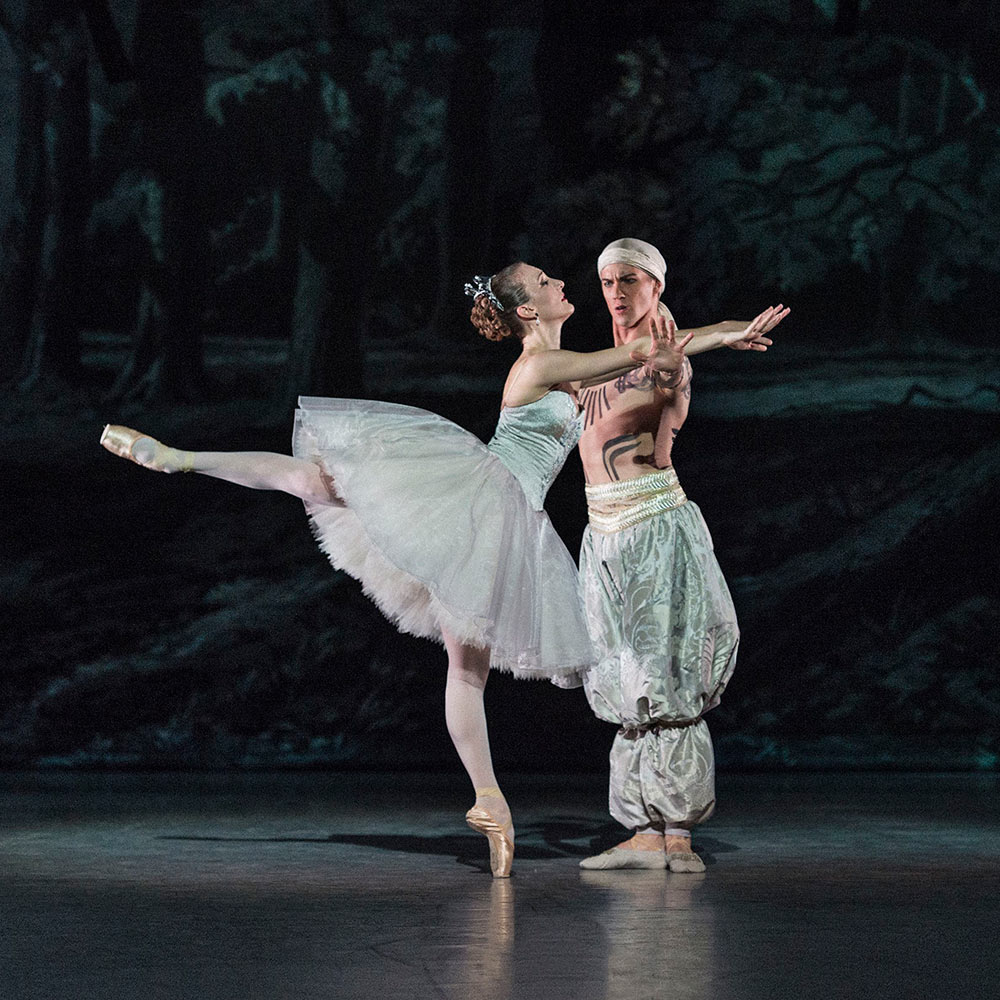
© Henrik Stenberg. (Click image for larger version)
In tackling Raymonda Hubbe said he wanted to recreate the success of his earlier La Bayadere for the company – a production that stretched the company classically. The steps are said to be after Petipa, but you could probably do a PhD for most such productions in tracking back what came from where and what got ‘massaged’ along the way. Helping to put the ballet on in Copenhagen was Florence Clerc, the former Paris Opera Ballet star and Nureyev’s original Raymonda in 1983. That production is based on Konstantin Sergeyev’s 1948 Kirov revival – which is said to be much altered from Petipa’s original. A tangled web. But what we saw in Copenhagen were certainly full-on classical steps in the 19th century tradition, if Hubbe has changed the plot and inevitably added his own layer of classicism to all the rest. The changes are to set the action in the 18th century rococo period, rather than 12th century middle ages, and to see the fight between Jean de Brienne and Abderakhman end not in the death of the latter just the realisation he can’t win and needs to get his coat and leave pronto. The changes give scope for attractive designs but sadly don’t do anything to make a weak plot stronger – just more socially acceptable in the 21st century.

© Henrik Stenberg. (Click image for larger version)
The first thing that strikes you about the Danish Raymonda is just how gorgeously elegant it is – designer Richard Hudson has certainly delivered the goods. In London Barry Kay’s sets for Act III of Raymonda often get applause at curtain up (which is a very rare thing indeed) and I’d rate the Hudson designs as just as much of a hit. Although Mediterranean rococo was the inspiration I love the way they also reference what I think of as Russian (ballet) tradition by including jet black amongst the rich and colourful palette. The sets are also cleverly layered to get the most from essentially simple flats – they should tour readily. The other thing that immediately impressed was the sound from the pit under Graham Bond and, I suspect, we all came to feel as Balanchine did about the scores “grand and generous manner, its joy and playfulness.”

© Henrik Stenberg. (Click image for larger version)
As we got into the second act the thinness of drama coming from the stage started to impact and I got to thinking what Peter Wright would have made of Raymonda. Wright’s productions of 19th century classics are to be seen the world over, and what I find special is that he makes them believable, and to see him coaching a Nutcracker Prince (or whoever) is to see him bring real human nature and motivations to the stage. I really wanted to believe in all the Raymonda characters, including the various soloist and senior roles as Friends and family, but it was all too thin – thin by design and thin in execution. And when I looked up what Wright may have said about Raymonda I found: “Rudi (Rudolf Nureyev) was always a big champion of the full-length Raymonda, an enthusiasm I never shared. The plot defies logic. But Raymonda is very exposing in terms of fundamental classical technique. Artistically, the classical divertissements in Raymonda, as in Paquita, demand a high level of style and finesse”. Although the plot might not support deep drama, I think the dancers were well aware of the technical difficulties and that was where their heads were, rather than the niceties of character.
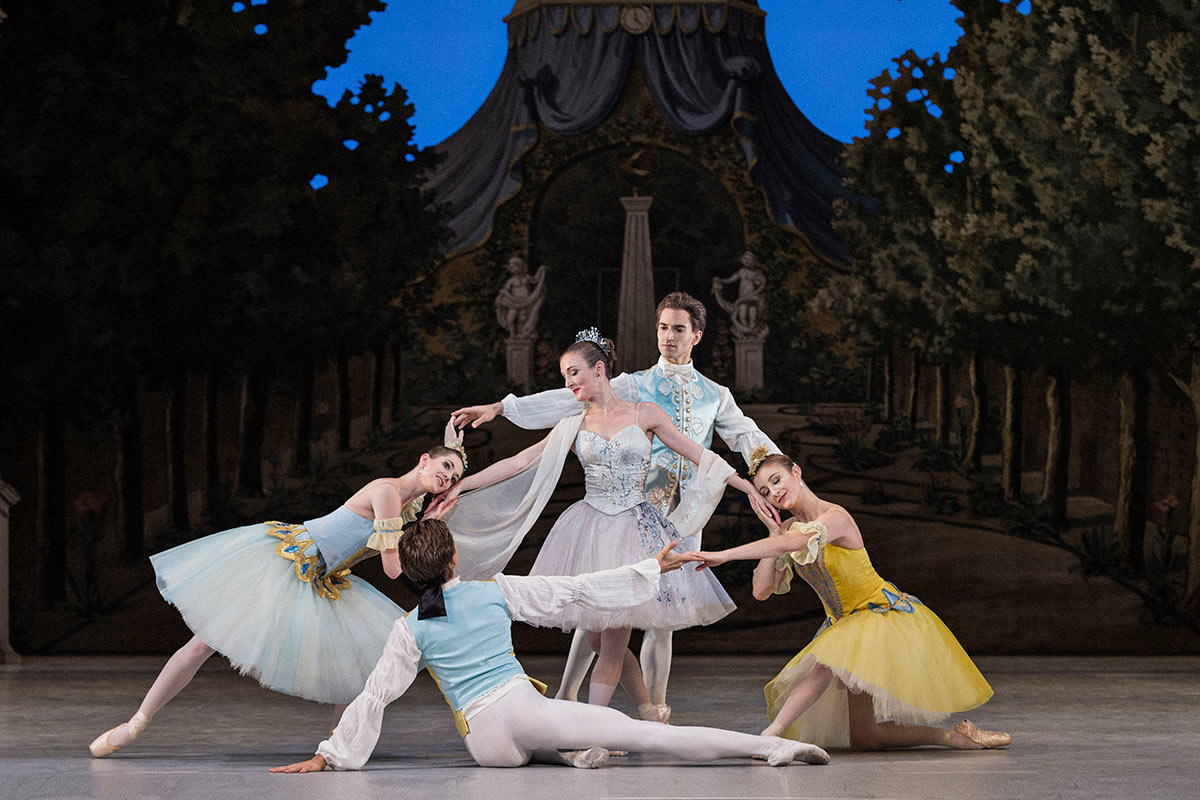
© Henrik Stenberg. (Click image for larger version)
In a technical sense, I thought the premiere leads of J’aime Crandall (Raymonda), Alexander Bozinoff (Otto, Hungarian Prince and Raymonda’s fiance) and Jon Axel Fransson (Abderam, Spanish-Moorish prince) danced cleanly and musically, particularly as the show wore on. Femke Molbach Slot deserves particularly high praise as the White Lady – a ghostly role brought to ‘life’ and there was great delicacy in her shadowing and manipulating Raymonda. Lower down the ranks the dancing was more varied, from some excellent jaunty steps (Scottish even!) and partnering in the corps, to well-held formal lines, and some cameo appearances by young dancers from the RDB School also lifted the soul. But classical work often relies on things being done in unison with absolute precision and the company mightily struggled to get men in the air at the same time – very slap-dash at the premiere, if things improved somewhat by the second performance. Hopefully it all became more polished as the run proceeded.
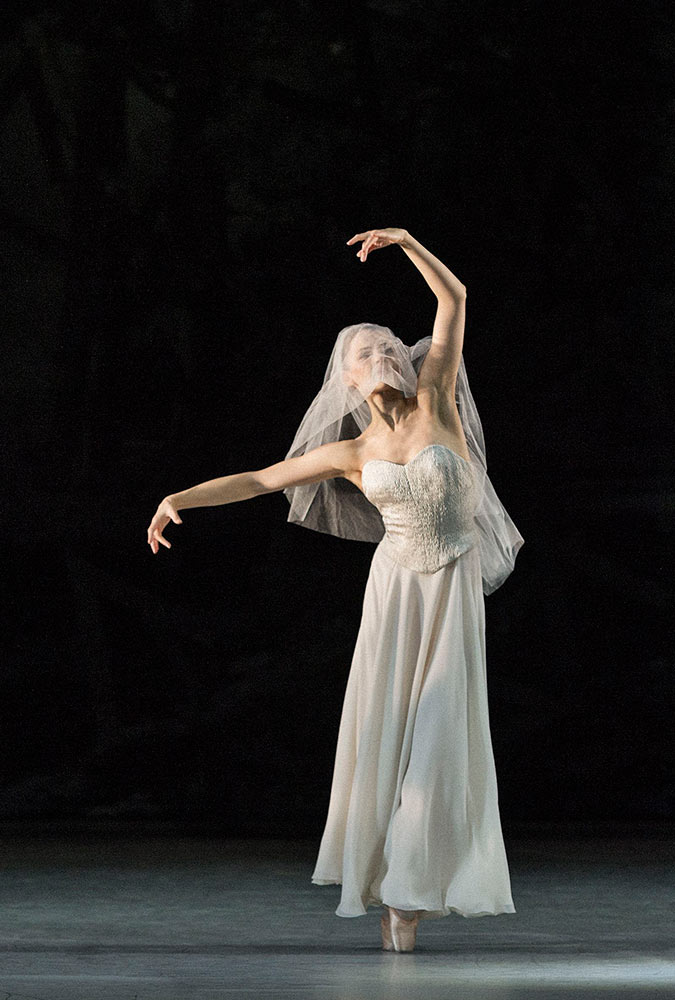
© Henrik Stenberg. (Click image for larger version)
All up, I think this production demonstrated the strengths and weaknesses of Raymonda. It certainly is a fabulous looking (and listening) calling card which might tour well – if not to Russia with all their classical virtuosity and understanding. But of course RDB have their own utterly unique calling card already – in their Bournonville traditions and repertoire. Only time will tell if that tradition is being slowly lost – “Ballet season without Bournonville is both disappointing, unwise and tragic” was one (translated) headline when the 2017/18 season was announced. But time does move on and the last act Raymonda wedding is a great thing and brought the Danish audience to its feet come the end.














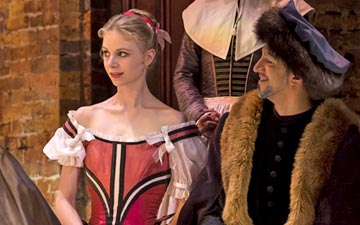

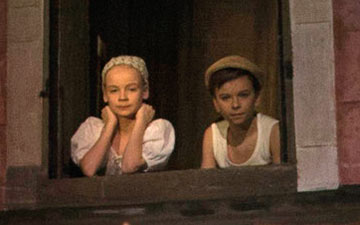
You must be logged in to post a comment.